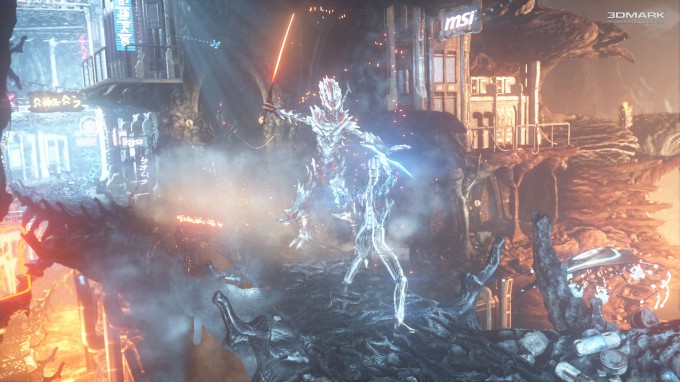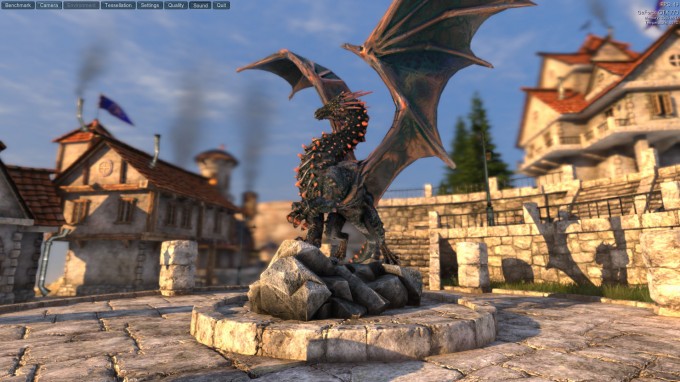- Qualcomm Launches Snapdragon 4 Gen 2 Mobile Platform
- AMD Launches Ryzen PRO 7000 Series Mobile & Desktop Platform
- Intel Launches Sleek Single-Slot Arc Pro A60 Workstation Graphics Card
- NVIDIA Announces Latest Ada Lovelace Additions: GeForce RTX 4060 Ti & RTX 4060
- Maxon Redshift With AMD Radeon GPU Rendering Support Now Available
AMD Radeon R9 290X & NVIDIA GeForce GTX 780 Ti Review

More often than not, every battle in the GPU Wars is hotly contested. From performance to appraisals of value, AMD and NVIDIA always engage in apparent mortal combat with each generation of GPU. This current gen of GPU, though, sees a clear-cut winner in most catagories. So did Team Red win, or did Team Green? Read on to find out!
Page 9 – Synthetic Tests: Futuremark 3DMark, 3DMark 11, Unigine Heaven 4.0
We don’t make it a point to seek out automated gaming benchmarks, but we do like to get a couple in that anyone reading this can run themselves. Of these, Futuremark’s name leads the pack, as its benchmarks have become synonymous with the activity. Plus, it does help that the company’s benchmarks stress PCs to their limit – and beyond.
While Futuremark’s latest GPU test suite is 3DMark, I’m also including results from 3DMark 11 as it’s still a common choice among benchmarkers.
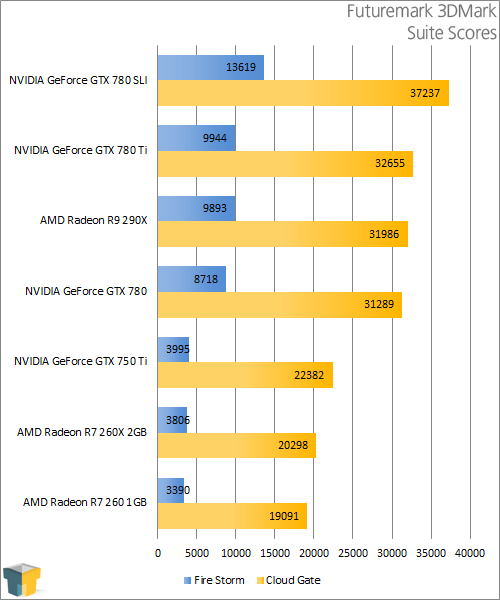
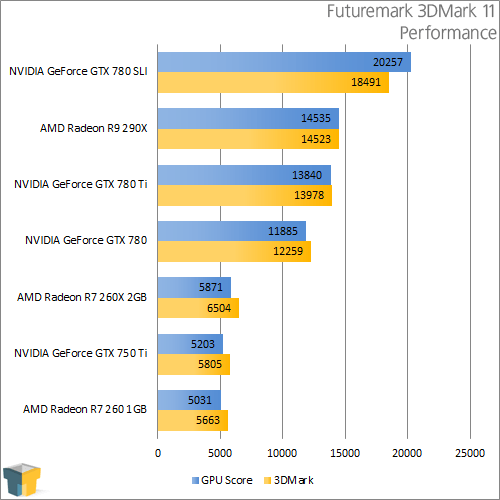
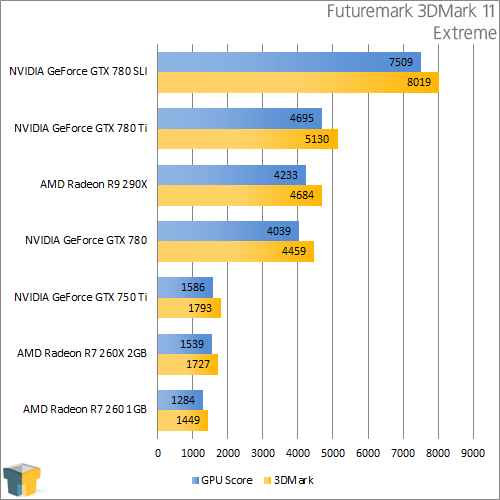
The three different 3DMark tests have a difficult time agreeing on whether it’s the R9 290X or 780 Ti that’s superior. In 3DMark (2013), the 780 Ti gets the smallest of edges, while the Performance test in 3DMark 11 shows the 290X as the better card. Then, things get changed-up once again with the Extreme test in 3DMark 11, with the 780 Ti suddenly in front. Pfft, synthetics. Can’t live with them, can’t live without them.
Unigine Heaven 4.0
Unigine might not have as established a name as Futuremark, but its products are nothing short of “awesome”. The company’s main focus is its game engine, but a by-product of that is its benchmarks, which are used to both give benchmarkers another great tool to take advantage of, and also to show-off what its engine is capable of. It’s a win-win all-around.
The biggest reason that the company’s “Heaven” benchmark is so relied-upon by benchmarkers is that both AMD and NVIDIA promote it for its heavy use of tessellation. Like 3DMark, the benchmark here is overkill by design, so results are not going to directly correlate with real gameplay. Rather, they showcase which card models can better handle both DX11 and its GPU-bogging features.
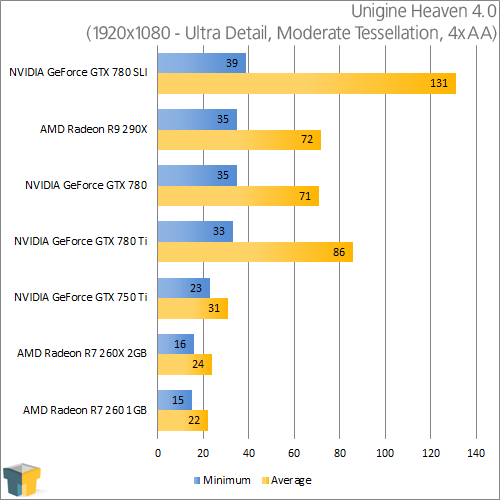
The 290X managed a slightly better minimum, but NVIDIA’s strength in tessellation really shines here: 86 vs. 72 FPS. That’s hardly a small difference.
Support our efforts! With ad revenue at an all-time low for written websites, we're relying more than ever on reader support to help us continue putting so much effort into this type of content. You can support us by becoming a Patron, or by using our Amazon shopping affiliate links listed through our articles. Thanks for your support!




